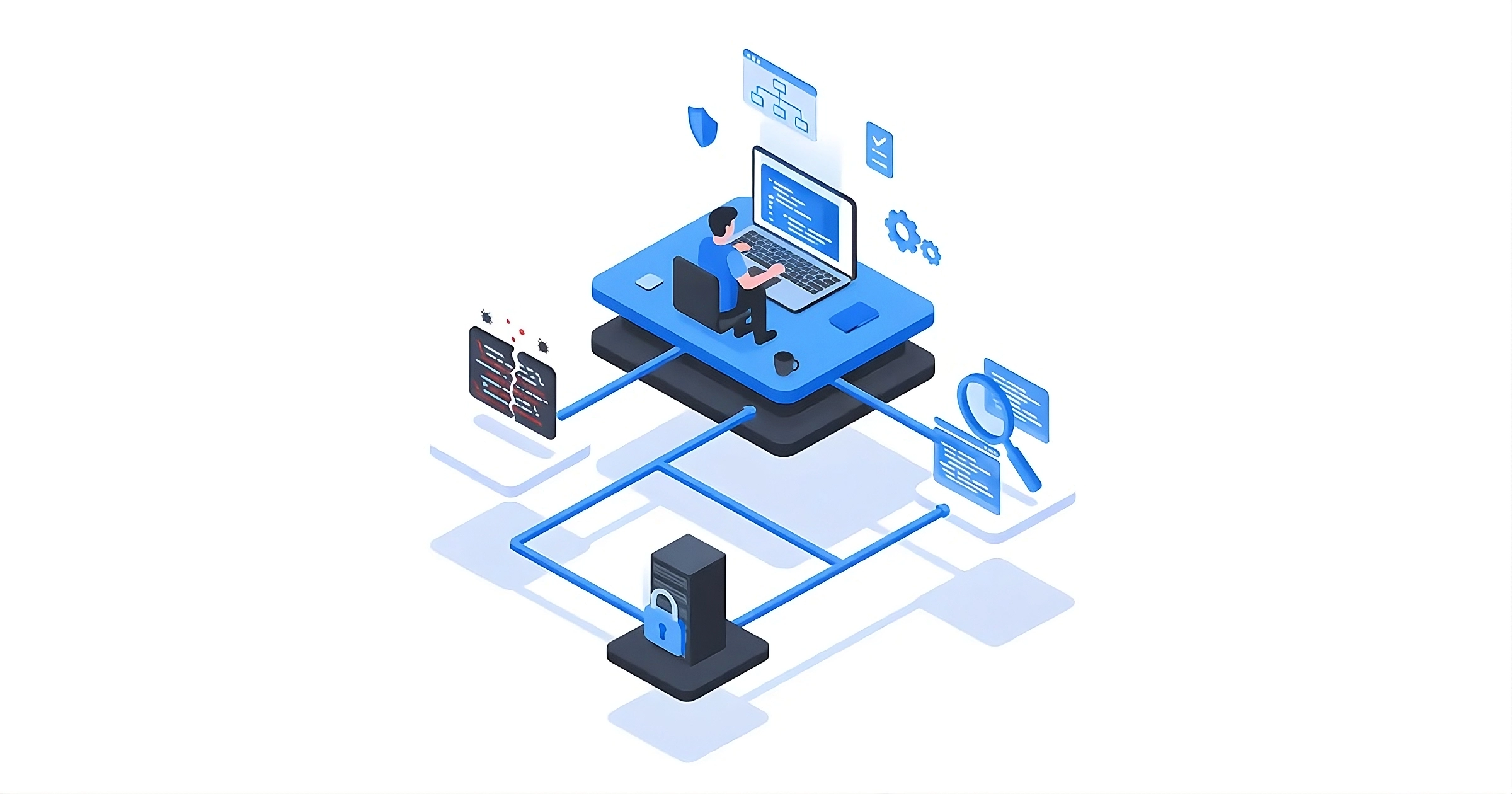contact us


An AI code governance framework is a formal policy defining the rules and standards for using generative AI tools securely. Our exclusive new report reveals that two-thirds of companies lack one, creating significant risk. With 67% of leaders citing unpredictable code quality as their top concern, this guide provides a blueprint for building an effective framework.
About This Report
This Imaginary Cloud report is built on our exclusive, first-hand interviews with technology leaders. We spoke directly with CTOs, VPs of Engineering, and senior architects at Berlin in 2025 to reveal the real-world challenges and priorities in AI-driven software development.
Our report of tech leaders revealed a landscape of high opportunity and significant risk. Here are the key findings:
You need an AI code governance framework to manage the significant risks that unmanaged AI tools introduce into your software development lifecycle. Without a formal policy, your organisation is exposed to unpredictable code quality, security vulnerabilities, and potential legal issues.
Our direct conversations with tech leaders highlight an urgent gap: two-thirds of organisations currently operate without a formal governance policy, relying instead on informal guidelines or allowing free experimentation. This is happening despite 67% of those same leaders citing unpredictable code quality as their primary concern. A framework closes this gap between risk and action.
Unmanaged AI code introduces several critical business risks that a governance framework is designed to mitigate. Our research shows that leaders are most concerned about the following:
Implementing a clear policy provides structure and safety, transforming AI from a potential liability into a strategic advantage. The primary benefits include:
With this understanding of the risks and benefits, the next logical step is to begin building the framework itself.

This blueprint is a direct response to the challenges and priorities shared by the technology leaders we interviewed. It outlines a robust framework built on several key pillars. Each component should be clearly defined to create a comprehensive and actionable policy for your development teams. This section provides the blueprint for constructing your framework, addressing the most critical areas identified by your peers.
This is the foundation of your policy. Acceptable Use refers to the specific rules that clarify which AI tools are approved and for what tasks they should be used. Your goal is to provide clear guardrails, not roadblocks.
Given that our report found 67% of tech leaders see "subtle logic flaws" as the top security risk, your security protocols must be rigorous and built upon your existing software development security best practices. A "zero-trust" approach, which 44% of leaders plan to adopt, is a sound strategy.
To combat the primary concern of unpredictable code quality (67% of respondents), your framework must enforce your organisation's existing standards.
A policy is ineffective without clear ownership. Define roles and responsibilities for the enforcement and evolution of your AI governance. In cases where internal expertise is limited, some organisations choose to partner with specialised AI development services to accelerate their governance maturity.
This blueprint provides the essential components for your framework. The next step is to formalise it into a document that can be shared with your teams.
A framework is only effective once it is adopted by your team. Successful implementation is about clear communication and cultural integration, not just publishing a document. Use these steps to ensure your framework is adopted and respected.
The message from our research is clear: with two-thirds of organisations still lacking a formal policy, a clear governance framework is a critical competitive advantage. It empowers your team to innovate safely, turning uncertainty into a strategic asset.
Our report also revealed a significant demand for external expertise in establishing these frameworks. If you are facing similar challenges, contact us to discuss how we can build and implement a framework tailored to your organisation's needs.
Its main purpose is to manage risks such as poor code quality, security flaws, and IP issues, while enabling developer productivity. A policy sets clear standards for using AI tools safely and effectively, addressing the top concerns of today's tech leaders.
Enforcement should focus on empowerment through automation. Integrating automated security (SAST) and quality checks into the CI/CD pipeline provides developers with fast, consistent feedback, enabling them to innovate safely without being hindered by manual gates.
Yes. Your policy must differentiate between public AI tools and custom models trained on your private data. Custom-trained models carry higher risks related to data leakage and intellectual property and therefore require stricter governance protocols and security controls.
AI governance is a shared responsibility. A cross-functional committee sets the strategy, engineering leadership owns the policy, team leads handle daily enforcement during code reviews, and individual developers are accountable for the code they commit.


Alexandra Mendes is a Senior Growth Specialist at Imaginary Cloud with 3+ years of experience writing about software development, AI, and digital transformation. After completing a frontend development course, Alexandra picked up some hands-on coding skills and now works closely with technical teams. Passionate about how new technologies shape business and society, Alexandra enjoys turning complex topics into clear, helpful content for decision-makers.
People who read this post, also found these interesting: